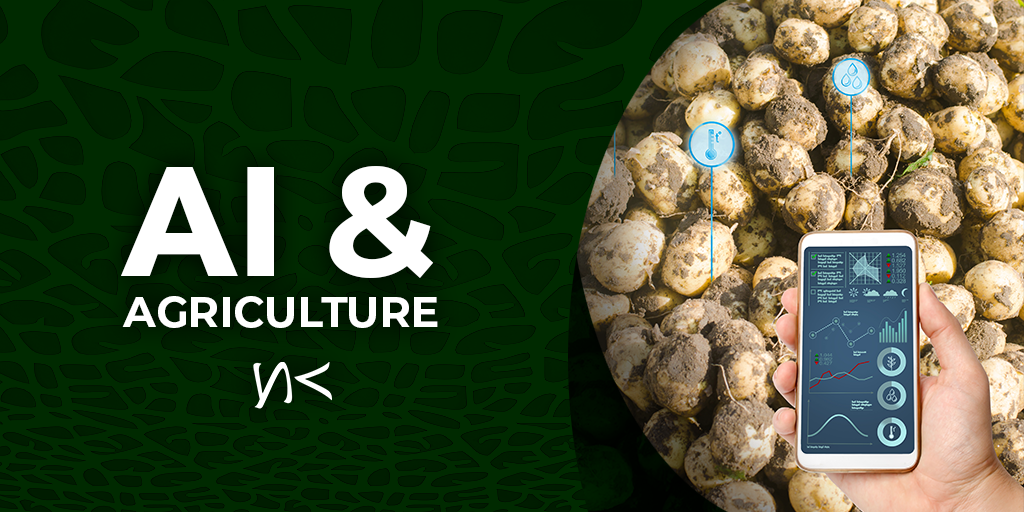
Limitations of Traditional Farming
Climate change has had a significant impact on the way we farm. Traditional farmers and farmland managers rely on weather patterns to help guide them through the harvest. For centuries, human beings could predict weather patterns with relative accuracy, as there was slight fluctuation in weather patterns pre-Industrial Revolution. Though industrialization brought about significant innovation that helped human beings advance globally, it has also created drawbacks for many, particularly in the field of agriculture. Over the past couple of centuries, increased carbon emissions have had a significant effect on weather patterns, making them harder to predict. It has also exasperated the weather, leading to extreme dry spells and more powerful storms, leading to the destruction of much of the land we utilize to grow our food and raise our animals. Increases in the human population have also increased the need for fresh foods. With a shrinking supply of land, farms need to become much more technologically innovative to provide the world with the food it needs while combating industrialization’s significant effects on our climate.
The Smart Farm
Artificial Intelligence has given way to the creation of the smart farm. More specifically, farmland managers have been able to leverage the vast amounts of data that AI can process to optimize how they operate the farm. For example, farmland managers can utilize AI-powered image tracking to determine which soil is more fertile or whether there is a pest infestation. This information can be collected early on, allowing farmland managers to address it quickly and effectively to save their land and reduce overall costs.



